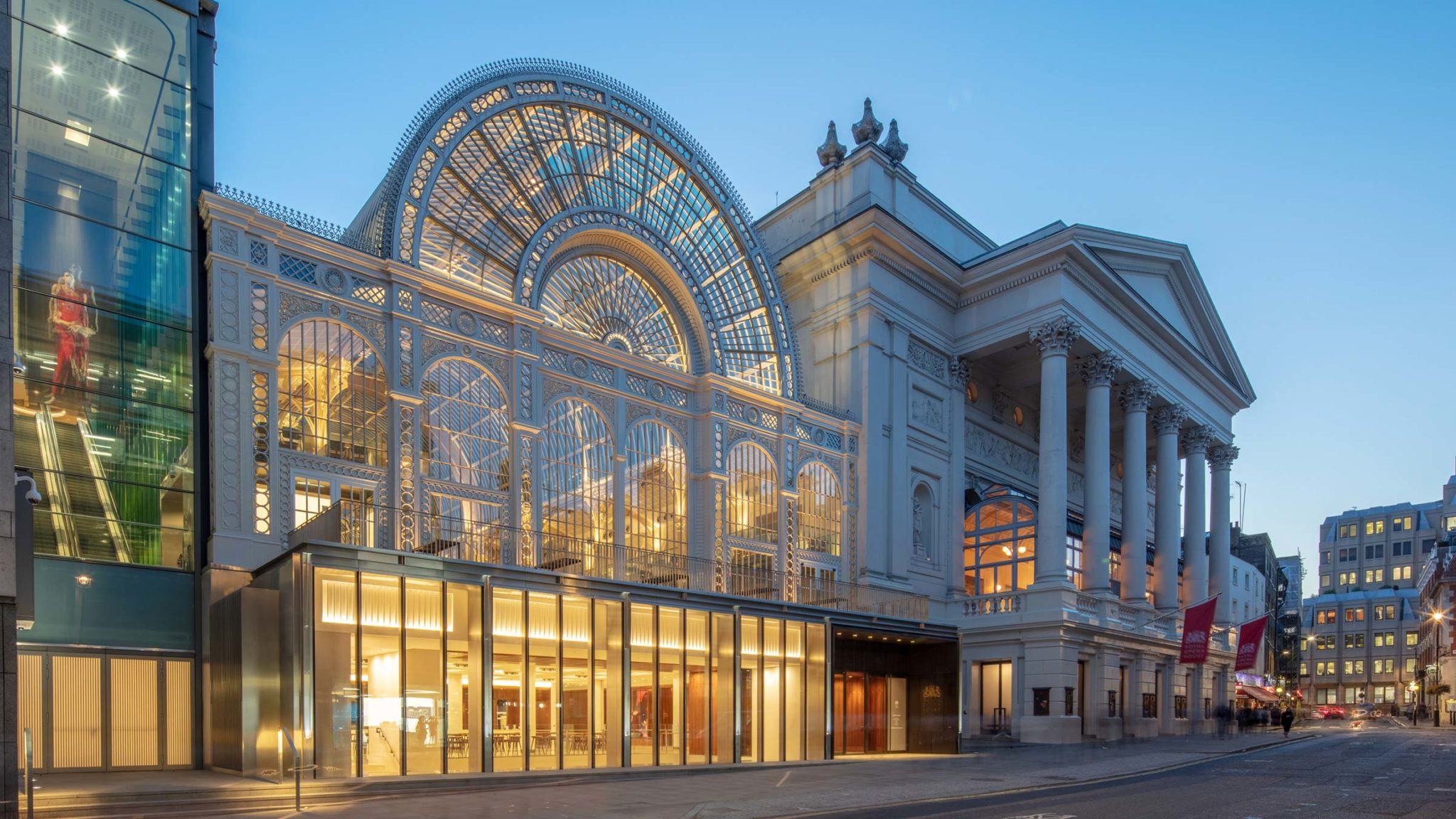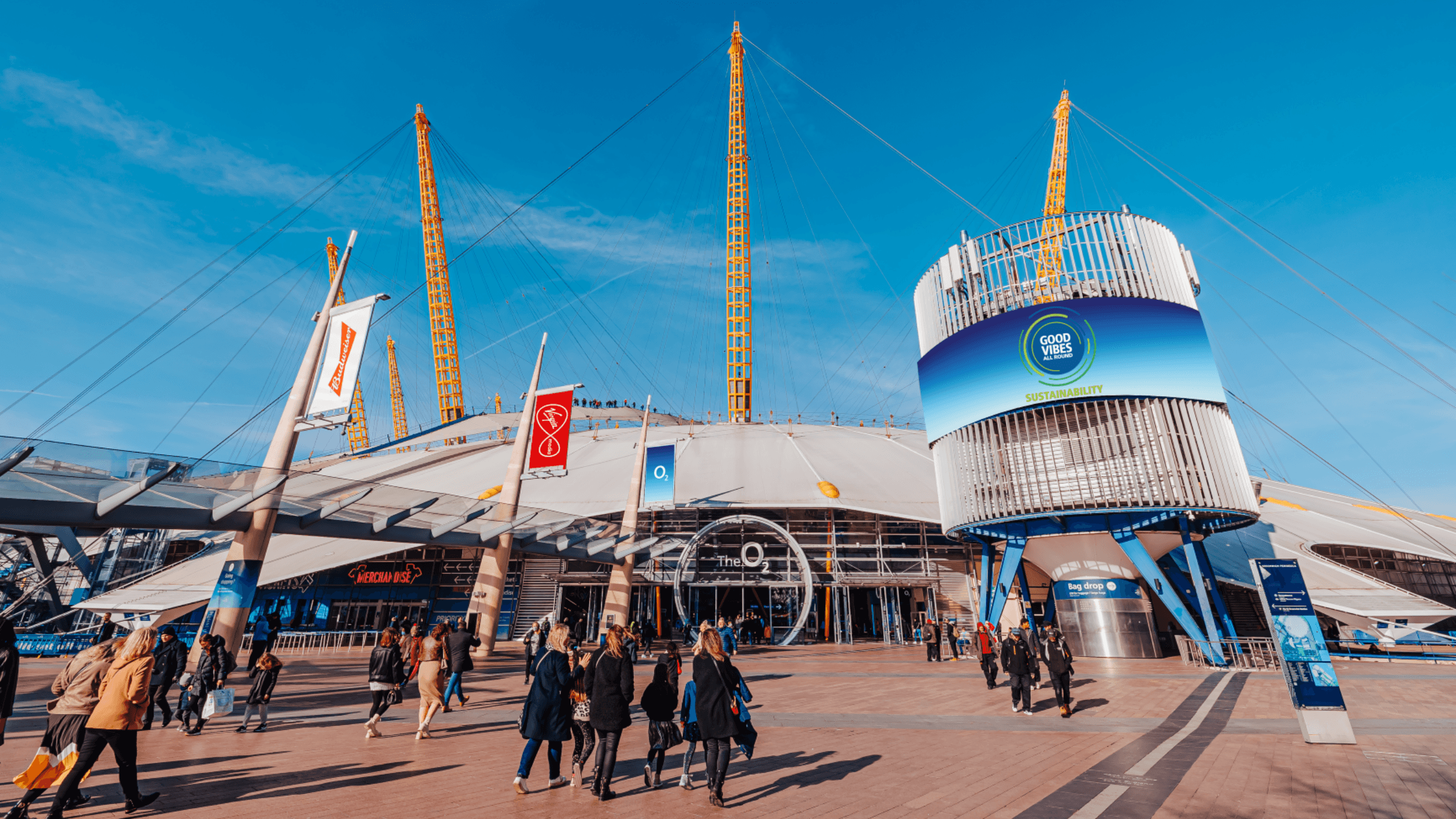Some years ago, I worked as a professional opera singer. At that time, touring formed a significant part of my career. I keenly remember one job in particular, which required me to drive my trusty (yet clattery) diesel car all the way from my home in Hertfordshire down to Truro, to then zigzag my way up the nation over the course of a few weeks to Perth, with a final show in Budapest. At one point, I lived in Glasgow and would routinely fly across the UK and Europe for an audition (often returning the same day), munching through shop-bought sandwiches and throwing away their plastic packaging with carefree abandon.
It’s only more recently – as the true urgency of the climate crisis has come into the public consciousness – that I have begun to reflect on the environmental impact of this time of life. The entertainment industry, after all, has a huge carbon footprint. Between fan travel, artists’ touring schedules, plastic waste at events, disposable stage equipment, and sets which get thrown away immediately after a show, the scale of the challenge is huge. In June, The MBS Group will be celebrating its first anniversary as a B Corp, so it feels like a fitting time to look in more depth at how my former industry is going greener, working together, and taking steps to protect the planet.
Perhaps tellingly, it’s not yet clear exactly what proportion of global carbon emissions the music and entertainment industry is responsible for. Travel is certainly the major culprit: music fans travelling to and from concerts and shows account for between 50 and 80 percent of all sector carbon emissions. On a local scale, many venues are still not well enough connected to public transport (especially in the US), and as air travel gets more and more affordable, many fans will happily fly across the country or even internationally if it means securing coveted tickets to a show. During the Australian leg of Taylor Swift’s most recent stadium tour, for example, Qantas put on more than 60 additional flights to transport fans to and from regional shows. “Swift is the best thing to happen to Australasian air travel since Christmas and the summer holidays,” wrote one local newspaper last month.
There’s also a significant waste issue. It’s estimated that four billion single-use plastic cups are thrown away at live events every year. UK music festivals alone produce 23,500 tonnes of waste each year – the equivalent to the weight of 250 blue whales – and well over half ends up in landfill.

Encouragingly, the industry is taking the issue seriously. For many years now, individual artists, venues and events organisers have been rolling out initiatives to reduce their carbon footprint. Coldplay’s most recent tour was designed with sustainability at front of mind, and has so far produced nearly half the CO2 emissions than the band’s previous tour in 2017. Popstar Billie Eilish committed to 100% plant-based food on her tour, a step which saved 8.8 million gallons of water and 240,000 square feet of forested land. And London’s Royal Opera House and Southbank Centre have committed to reaching net zero by 2035 and 2040 respectively.
“We’ve been procuring green energy for our venues since 2015,” said Kirstie Loveridge, Executive Vice President, People & Culture at AEG Europe, which includes The O2 Arena in its portfolio among other iconic venues and events. “We also launched our own ‘Green Rider’ at The O2, an industry-leading document intended to drive real change in live events, which will soon be rolled out across our portfolio of venues. Working with promoters and artist teams, the Green Rider aims to act as a guide for incoming productions and tours, outlining considerations and recommendations of how to make more sustainable choices and reduce the environmental impact of live events.”

Interestingly – and despite the scale of the challenge – dedicated sustainability leaders are still not widespread in the industry. “Head of Sustainability roles are interesting,” reflected Kirstie when we spoke on this topic, “because there is inevitably a growing demand for this level of expertise, yet a lack of urgency from the industry to begin implementing leaders in these positions.”
There are a few issues at play here, not least the need to think carefully about additional costs during a time of significant change and challenge in the wider events and entertainment space. Bringing in a new senior leader, and rolling out major sustainability programmes, is an expensive process.
“But from our experience,” said Kirstie, “the green initiatives that we’ve been championing are already paying dividends with our people, partners and customers.” In 2023, AEG Europe hired a Director of Sustainability to spearhead initiatives across Europe. And in the past eighteen months, the global business has hit several major goals, which will soon be translated into a European context.
“The green initiatives that we’ve been championing are already paying dividends with our people, partners and customers.” – Kirstie Loveridge, Executive Vice President, People & Culture at AEG Europe
Of course, hiring a dedicated sustainability lead doesn’t guarantee success. As Kirstie put so aptly when we caught up: “For an organisation – and ultimately a sector – to be successful in its sustainability endeavours, you need stakeholder buy-in. In the same vein you don’t just hire a DEI leader and expect issues pertaining to diversity and inclusion to be ‘solved’; this is a collective issue and collective action is needed – it is not just a problem for those with sustainability in their title.”
Happily, we are seeing this collaboration play out across the industry. At the beginning of this year, for example, MIT announced plans for a comprehensive study of the live music industry’s carbon footprint, supported by Warner Music Group, Live Nation and Coldplay. The report will suggest practical solutions to reduce the environmental impact of live music events at every level, from pubs and clubs to stadiums. And similarly, just last month, roughly 300 music industry leaders gathered at the first-ever music industry climate summit, to discuss how organisations can best cooperate to build a greener future.
Although my touring days have largely concluded, I’m still performing for various engagements every few weeks – you might call it a professional hobby now. For me, few other pursuits display such an effect over the emotions as music, but the next time I’m singing in any venue (be it a concert hall, cathedral or recording studio), I’ll be taking time to reflect on how all of us can play our part in bringing one of the oldest and most established forms of entertainment into the modern era of sustainability.








